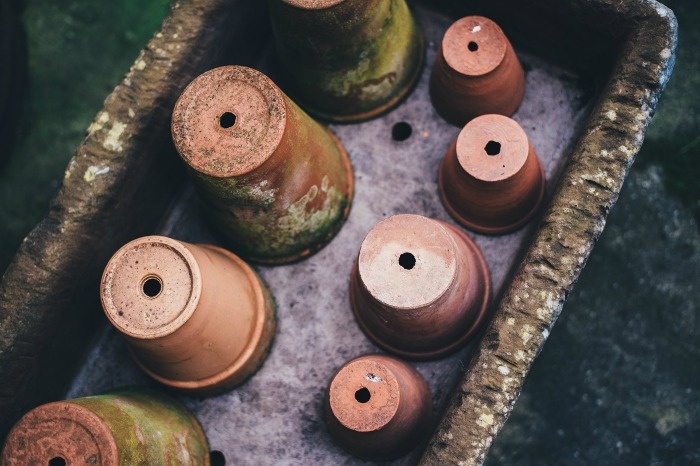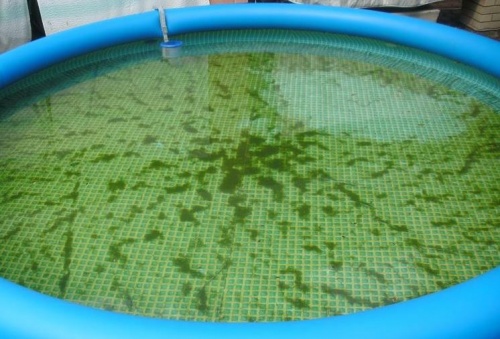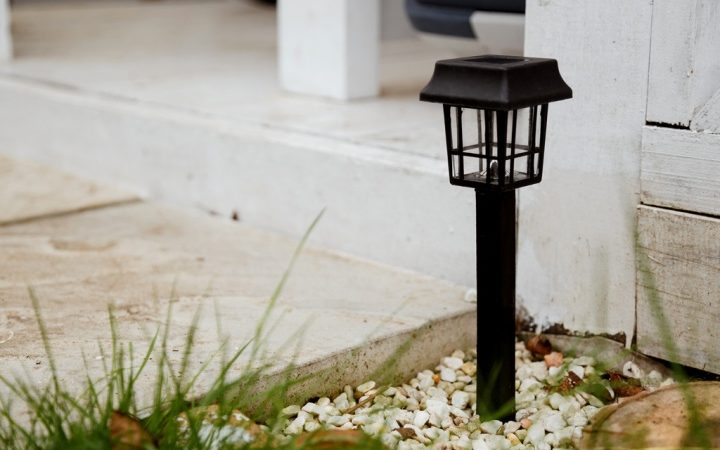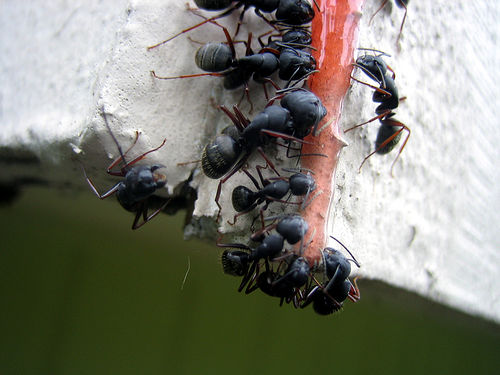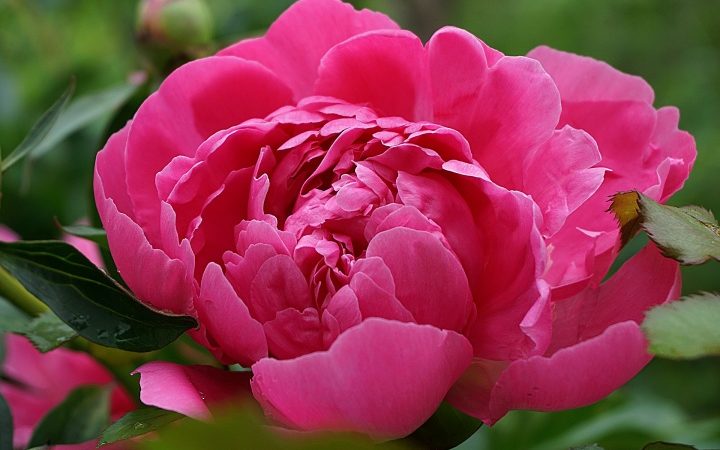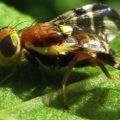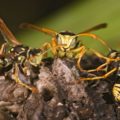Baking soda can be used in and around the house in many ways: as an environmentally friendly cleaning agent in the bathroom and kitchen, or as a stain remover for washing, we will now show you how to use it in the garden as an environmentally friendly pesticide.
Among the active substances authorized in the European Union, the so-called Number of ‘simple substances’, one of which is the well-known baking soda, which is currently marketed as a food supplement, but which has a demonstrable plant protection effect and does not pose a risk to the environment or human health under the specified conditions of use.
Conditions of use for baking soda
Baking soda can be used in the form of a powder or an aqueous solution of fungicides and mossicides.
In vegetables, berries, ornamentals, outdoor and sprouted conditions against powdery mildew (Podosphaera spp., Oidium spp.) it is necessary to apply 300-600 l per hectare of a 0.33-1% solution of baking soda (33-100 g / 10 liters of water). Treatments can be carried out 1 to 8 times, with spray intervals of at least 10 days, from the two-leaf stage of development of the plants to full maturation. A maximum of 500 liters per hectare may be applied to the 0,9% or 1% solution.
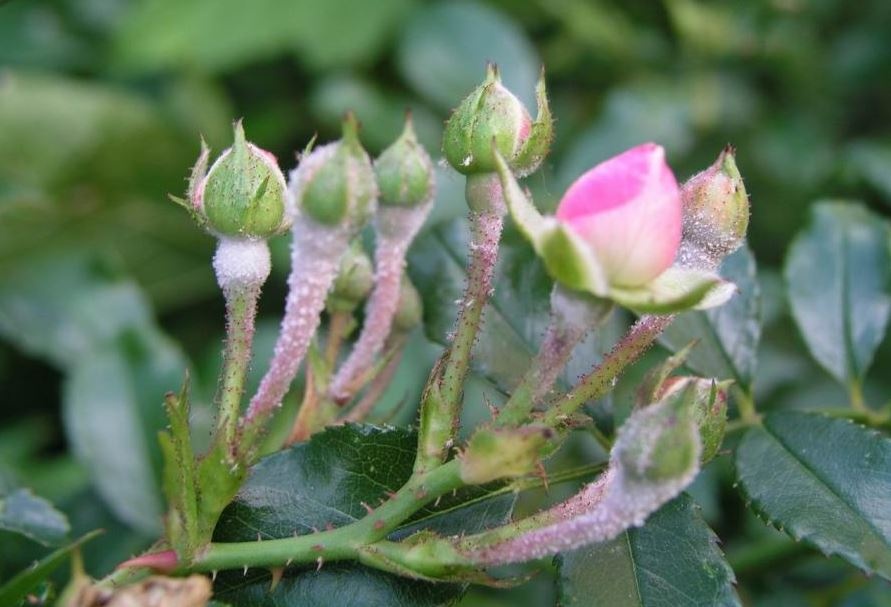
You can also try treating rose powdery mildew with baking soda, although it is more preventive than such an adult infection.
Different cultures show different sensitivities to baking soda
To avoid adverse effects, it is recommended to perform a test spray before use.
In the vineyard powdery mildew (Erysiphe necator) can be applied using 2.5-5.0 kg of baking soda per hectare using 200-600 l of spray liquor. The spray liquid concentration can be a minimum of 0.42% and a maximum of 2%. Treatments can be carried out 1 to 8 times, with spray intervals of at least 10 days, from the extension of the second leaf of the grape to maturity for consumption. The dose and the amount of spray liquid should be adjusted to the size of the foliage. A solution more than 1% may be harmful to plants.
In apples venturi scarring (Venturia inaequalis) can be applied using 2.5-5.0 kg of baking soda per hectare using 500-1000 l of spray liquid (25-50 g / 100 m25-10 l dissolved in water). The spray liquid concentration can be a minimum of 0.5% and a maximum of 1%. The treatments can be carried out 1 to 8 times, with spray intervals of at least 10 days, from the extension of the first leaves of the apple to the development of the coloring characteristic of the variety. The dose and the amount of spray liquid should be adjusted to the size of the foliage. A 1% solution may be harmful to plants.
Fruits (oranges, cherries, sour cherries, apples, papayas) (blue and green molds) Penicillium italicum, P. digitatum) a 1-4% solution of baking soda can be used. Harvested fruits must be treated by dipping in the solution or by surface spraying 1-2 times, with a break of at least 10 days between treatments.
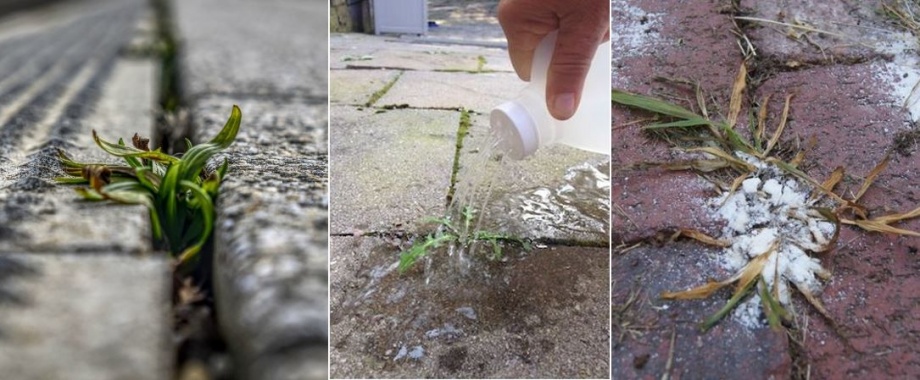
You can also try a vinegar solution or spreading baking soda smoothly against weeds growing in gaps.
Can be used in powder form for the following ornamental plants
For potted plants mosses (e.g. Lunularia cruciata) can be used to kill colonies and spore holders. After emergence of the crops, the baking soda powder is sprayed directly on the moss colonies from the end of summer (autumn and winter). Use only in driven conditions is recommended for a maximum of 1.2 kg / 100 m2 in quantities.
To avoid damage to ornamental plants, a trial treatment in a smaller area is recommended first.
We can also use:
- for cleaning garden tools, pots, garden furniture
- to keep snails away
- to measure the pH of the soil
- to clean our hands
- sprayed into a plant waste bin to keep odors away
